Text

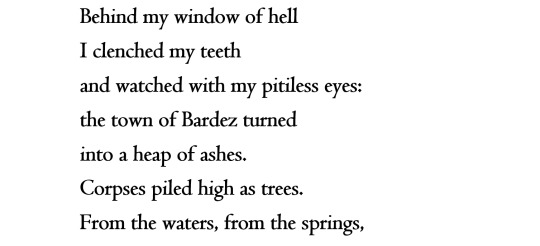
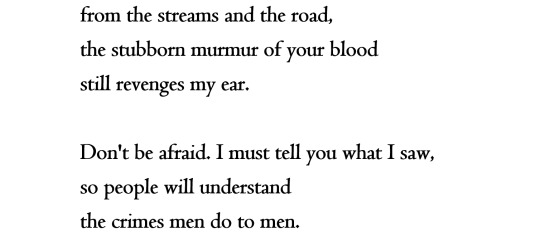
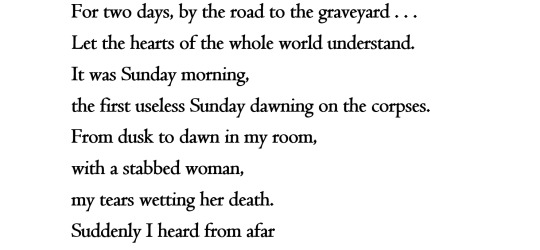

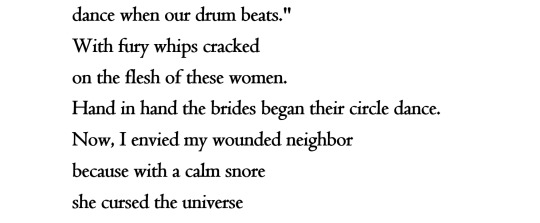


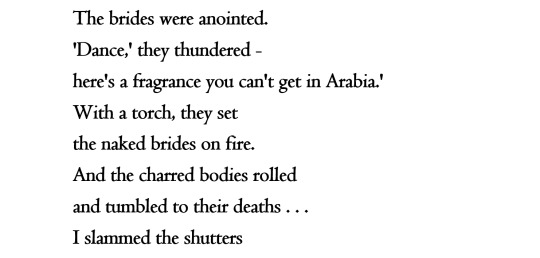

"The Dance", Siamanto (translated by Peter Balakian)
73 notes
·
View notes
Text

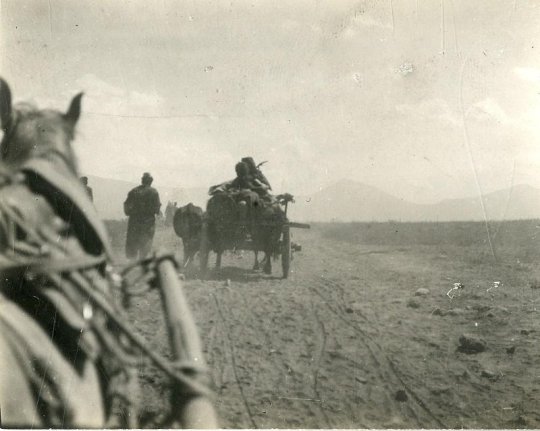

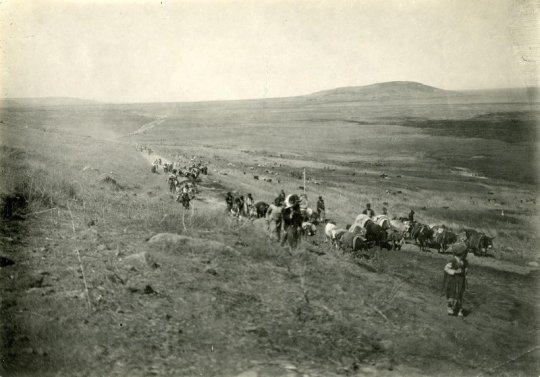
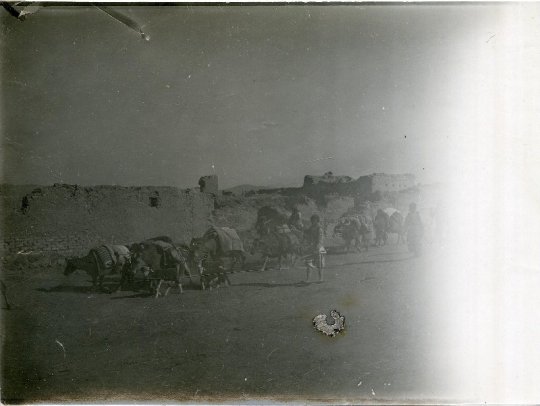

Armenian refugees on their way from Van to Yerevan province. 1916. Russian Ethnographic Museum.
15 notes
·
View notes
Text
youtube
"Grandma's Tattoos" (2011) is a documentary film by Suzanne Khardalian. The filmmaker goes on a journey to investigate her family's history and reveal the fates of thousands of Armenian women and girls, who survived the 1915 Armenian Genocide but were forced into prostitution by their captors.
27 notes
·
View notes
Video
Excerpt from Soviet-Armenian film Nahapet Նահապետ (1977) directed by Henrik Malyan. Based on a novel by Hrachya Kochar, the film depicts the Armenian genocide of 1915. Nahapet is a survivor who tries to rebuild his life after the tragic loss of his family. The scene is accompanied with Armenian folk song “Dle Yaman” Դլե Յաման, which became a hymn of the genocide, here it is sung by Melania Abovian.
One of the recurring scenes in the film involves scores of red apples falling from a tree, rolling into a river, and floating en masse downstream. The scene is a painful symbolic reminder of the multitude of Armenian bodies thrown into the Euphrates by the Young Turk regime during the genocide. (x)
An apple tree on the lakeshore, with countless red fruits rolling down towards the blue water, is how Malyan, the ‘lyricist’ of Armenian cinema, pictures the huge loss sustained by his nation. Yet like all true metaphors, this image is multi-semantic and means not only loss but continuation, the prospect of reaching the shore one day. […] ‘salvation’ and ‘revival’ of the apple tree symbolize the rebirth of a massacred nation. (x)
2K notes
·
View notes
Text

"Mayrig" (Mother), Henri Verneuil (translated by metamorphesque)
97 notes
·
View notes
Text

Watercolor of Armenian refugee girl, signed "S. Katchadourian Erivan 1919".
#armenia#armenian#armenianblog#armenian art#մեծ եղեռն#armenian genocide#armenian artists#sarkis katchadourian
16 notes
·
View notes
Text

“A young Armenian girl puts roses near skulls of Armenian nationals, victims of the 1915 genocide, inside a church in Antelias, north of Beirut.”
Photographed by Marwan Naamani.
24 April 2007.
373 notes
·
View notes
Text
My post about Armenian genocide got reblogged with tags relating to genocide in Gaza. Even tho i didn't mention it in the post AT ALL. like did you even read it?
7 notes
·
View notes
Text
“The dehumanization of the Armenians was furthered by the fact that so many of the rapes were perpetrated in public, indeed in many instances in front of family members. Survivors confirm that rape or threat of rape thus functioned as a means of intimidation throughout the Genocide. A female survivor for Kighi by Erzurum relates: “It used to be said that if we harmed the gendarmes, then others would come and harm our women. We were not the ones who were afraid, only the men in our group were. They used to say if they did something to a Turkish gendarme, they would only be hurting their own women.” Rape also constituted a threat hanging over the heads of those women who escaped the deportations or entrusted themselves to rescuers. Five informants in the [Donald E. and Lorna Touryan] Miller interviews [from which were written “Survivors: An Oral History of the Armenian Genocide] speak of rapes that occurred outside the context of the deportations. Two of them refer to sexual attacks on groups of women traveling unaccompanied, while two others report rape or attempted rape of women or girls entrusting themselves to Turkish "protectors.” One other informant implies that a gendarme raped an escaped women in his charge while returning her to the deportations. Beyond sexual abuse, female deportees were particularly vulnerable to other forms of physical violence. According to some, these included horrible medical “experiments.” The theft of clothing also represented an assault on women’s bodily integrity and creased victims’ chances of survival during the hardships of the deportations. In particular, the nakedness of female deportees contributed to their dehumanization in the eyes of the general population; as one foreign observer recounted: “Farther on, all the survivors…were entirely stripped of their clothing…. They were brought into Aleppo the last few miles in third-class railway carriages, herded together like so many animals. When the doors of the carriages were opened, they were jeered at by the populace for their nakedness.””
— Katherine Derderian, “Common Fate, Different Experience: Gender-Specific Aspects of the Armenian Genocide, 1915-1917”
162 notes
·
View notes
Text
“There have been various scholarly efforts to explain the function of rape and sexual violence in group conflicts. Most agree that rape, in both individual and collective contexts, is not a sexual act but an exercise of the perpetrator’s power over the victim. Scholars have argued that rape may demonstrate the perpetrators’ control over a subordinate group by violating the personal integrity of its women, or may create solidarity through complicity among male perpetrators. Sexual violence is also understood to dehumanize the victims, thereby facilitating the implementation of genocide. Sexual intimidation and abuse were used to dampen Armenian resistance, thus expressing and bolstering Ottoman power. Early in the Genocide sexual attacks on women destroyed men’s roles as protectors of their families, and, by targeting female relatives of the Armenian leadership in particular, minimized potential resistance. Throughout the Genocide most rapes were perpetrated, or at least enabled, by groups. While we lack explicit evidence that these rapes created solidarity among male perpetrators (as scholars of rape theorize), the complicity among various levels of the Ottoman hierarchy does suggest a concerted dehumanization of the victims.”
— Katherine Derderian, “Common Fate, Different Experience: Gender-Specific Aspects of the Armenian Genocide, 1915-1917”
38 notes
·
View notes
Photo
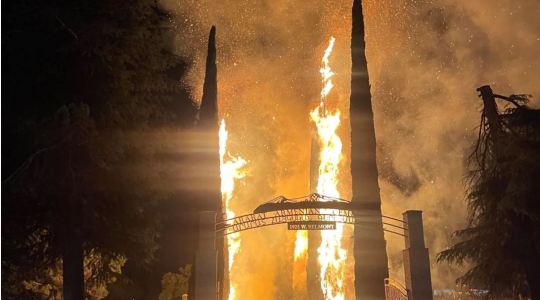
New Post has been published on https://massispost.com/2024/04/arsonist-target-armenian-cemetery-in-fresno/
Arsonist Target Armenian Cemetery in Fresno

FRESNO (FOX26News) — Since the middle of January, the Fresno Ararat Armenian Cemetery has been targeted by an arsonist. Six total incidents have burned 19 old-growth trees. Friday night 8 trees were torched along the beautiful main entrance. Both Fresno Police and Fire have been called out to the Belmont and Hughes property, but no arrests have been made. “As you can imagine, this is horribly upsetting to my Board of Directors, the Armenian community, and my staff and me. We are the only Armenian cemetery outside Armenia and the Middle East; our mission is to serve Armenian families with compassion…
34 notes
·
View notes
Text
This post is from 2021.
Last September, Artsakh was completely cleansed of its indigenous Armenian population. 3000 years of history were violently disturbed. Now the anti-Armenian propaganda and hatred is increasing and they are openly talking about taking over all of Armenia. Please take your time to read about these issues.
Please don't forget Armenians
Today is Armenian genocide remembrance day. On april 24, 1915 started mass deportations of hundreds of Armenian intelectuals and community leaders, who were (most of the time) eventually killed. Armenian women and children were systematically r//ed and forcibly converted into islam. There were more than 2 milion Armenians in ottoman empire prior to ww1, 1,5 milion of them were viciously killed. Three millennia of Armenian civilaziation in eastern Anatolis was fully destroyed. Turkey today refuses to acknowledge genocides of christian minorities in early 20th century.
Do you know that mass ethnic cleansing of Armenians in ottoman empire inspired Lemkin to coin the term 'genocide'?
Last year in september azerbaijan allied with turkey initiated a war against Armenia. More that 5000 Armenians were murdered, thousands of Armenia families had to live their ancestrial land to not get murdered. There are hundreds of vids on internet where armenian p.o.w.s are tortured. Recently azerbaijan opened a "museum" displayind dead or dying Armenians and kids were allowed to visit it.

Please educate yourself on Armenian genocide. You can also donate here to help Armenia. Thanks for reading!!

14K notes
·
View notes
Text

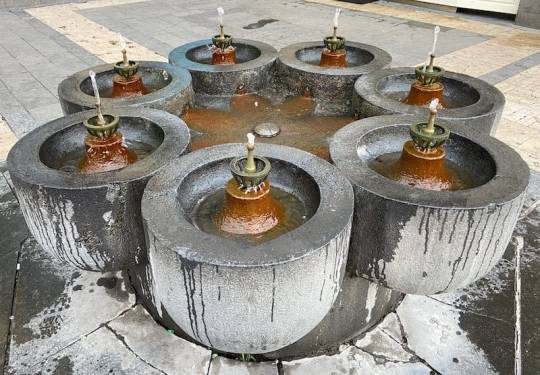

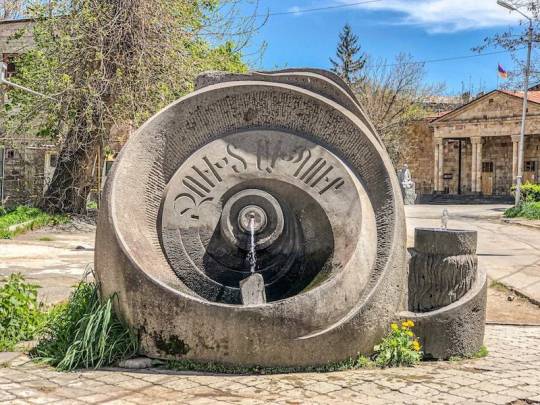
Pulpulaks in Armenia
Usually built with or in stone and approximately one meter tall, the typical Armenian water fountain usually provides cold mountain spring water in Armenia.
It is called a Pulpulak which relates to the murmuring of water from the water source. Pulpulak is a source of pride in Armenia and are unique to anything you’ll find anywhere else in the world.
Pulpulaks are almost everywhere in Armenia and only 30 years ago, it was very strange for Armenians to understand the idea of “buying water” because water is something that has always been ever-flowing and free in the country.
Pulpulaks became more popular at the beginning of the 20th-century when society took to its ancestors and started to install them and celebrate the gift of water.
The fountains don’t solely have a mission to supply water to the residents but they are also built to honor someone who passed or did something remarkable.
When you see these pulpulaks, you often have to bow down to sip the water and it is a way of paying respects to the deceased person.
[source]
111 notes
·
View notes
Text
Facing The Facts: Resources on the Armenian Genocide

Frequently Asked Questions About Armenian Genocide
Sample Archival Documents on the Armenian Genocide: U.S. Archives
Sample Archival Documents on the Armenian Genocide: British Archives
Map of the 1915 Armenian Genocide in the Turkish Empire
Talaat Pasha's Official Orders Regarding the Armenian Massacres, March 1915-January 1916
The Massacre of the Armenians (”Ambassador Morgenthau describes the forced evacuation of one group of Armenians from their homeland to the Syrian desert.”)
American Documents
British Documents
Russian Documents
French Documents
Austrian Documents
Public Lectures
Eye Witnesses
The Turkish Woman
That is all right, but who killed hundred of thousands Armenians?
Einar af Wirsen
The Story of Anna Hedwig Bull, an Estonian Missionary of the Armenian Genocide.
"That's How It Was"
ARAB EYEWITNESS FAYEZ ALGHUSSEIN ABOUT THE ARMENIAN GENOCIDE
Report by an Eye-Witness, Lieutenant Sayied Ahmed Moukhtar Baas
Letters of Turkish doctors addressed to the Ministry of Internal Affairs of Turkey
Martyred Armenia: Eyewitness account of the Armenian genocide by Faiz El-Ghusein a Turkish official
PHOTO COLLECTION OF ARMENIAN GENOCIDE
2K notes
·
View notes
Photo

New Post has been published on https://massispost.com/2024/04/azerbaijanis-completely-destroy-kanach-zham-church-and-ghazanchetsots-cemetery-in-shushi/
Azerbaijanis Completely Destroy “Kanach Zham” Church and Ghazanchetsots Cemetery in Shushi

SHUSHI — Between December 28, 2023 and April 4, 2024, St. John the Baptist church (S. Hovhannes Mkrtich), a 177 year old landmark in Shushi was destroyed, Azerbaijan’s most egregious violation yet of a December 2021 ICJ order, the Caucasus Heritage Watch reports. Built by Armenians in 1847, the church, also known as Kanach Zham (Green Chapel), was damaged amidst the 2020 war. In the aftermath of the war, the Baku diocese of the Russian Orthodox Church laid claim to the building and pledged restoration. Nevertheless, the church is now gone. At the entrance to the belfry, building inscriptions in…
19 notes
·
View notes
Text
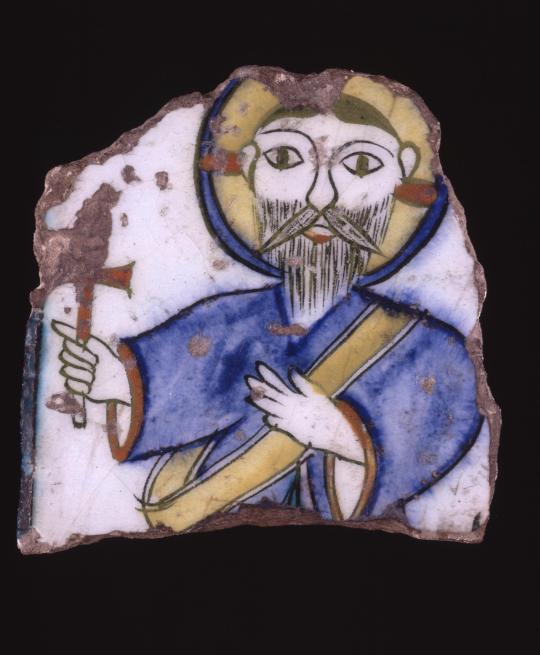
Tile fragment with an Armenian deacon holding a cross.
Kütahya, Aegaean region of Turkey, ca. 1720
British Museum
15 notes
·
View notes
Text
<<Your Excellency, Mr. Minister,
At this moment, as discussions are underway regarding the deportation of Armenians, I notice that there is a tendency to primarily attribute the blame to the governors-general and chiefs.
I have the honor to bring to Your Excellency's attention the atrocities committed in the name of science...
In December 1915, in Yerznka, under the orders of Tevfik Salim, the chief physician of the 3rd Army Corps, the contaminated blood taken from patients with spotted typhus was used as a vaccine on innocent Armenians condemned to exile without "activation." Such experiments are typically conducted on specific laboratory animals.
As a consequence of those actions, many of the individuals subjected to the experiment became ill and died. Prior to the vaccination, they were deceived, being told that the vaccinations were administered as a preventive measure against typhus.
The organizer of these experiments, Hamdi Suad, a professor of pathological anatomy at the Ottoman Medical University, published the results of his research in the pages of the "Medical-Military Newspaper of Constantinople," announcing that they were applied to those sentenced to death. However, I, your humble servant, witnessed everything and can attest that the subjects of the professor's deadly experiments had no other crime than being Armenian. These facts can be corroborated by Dr. Refet Bey, the chief physician of Yerznka Central Hospital, two Armenian doctors who worked with him, as well as Dr. Selaheddin Bey, the chief physician of the Yerznka Red Cross. Therefore, I, your humble servant, declare that in addition to political crimes, scientific crimes were also committed, about which I am prepared to provide full explanations.>>
Published in the "Türkçe İstanbul" newspaper on December 23, 1918, the author of the letter is the Turkish doctor-surgeon Haydar Jemal; let's not forget this name. He addressed the letter to the Ministry of Internal Affairs of Turkey.
In the issue of the same newspaper on December 24, 1918, that is, the following day, another Turkish doctor, Selaheddin, wrote the following (let's remember him with kind words):
<<Yesterday, I was cited as a direct witness of several events in the open letter of surgeon Haydar Jemal addressed to the Ministry of Internal Affairs. Being aware of what transpired in Yerznka Central Hospital, I consider it a matter of conscience to elucidate this matter.
In 1915, numerous Armenians who struggled to conceal themselves in Yerznka were chosen and treated as experimental subjects in the city's central hospital, subjected to microbiological experiments typically conducted on guinea pigs and rabbits.
This is how numerous Armenians perished...>>
Here is also a third letter written by the same doctor, Selaheddin, but printed in another newspaper, "Alemdar", on January 8, 1919. Let's reflect on his name once more, with kindness in our hearts.
<<If we acknowledge that the government of the "Union and Progress" (let's also include Germany) never valued conscience, morality, honor, and all sacred values, one can easily grasp the guiding principle that led to inflicting so much suffering on Armenians. At that time, no one demanded accountability for the atrocities committed, and many believed that all of it would go unpunished.
It was this mindset that led to such experiments with the spotted typhus vaccine being conducted in Yerznka... We possess ample evidence to substantiate the accusations we've made. It's noteworthy that despite the numerous speeches delivered, I refrained from publishing anything on this matter, while uninformed doctors surfaced in the press to deny rightful accusations. This circumstance compelled me to take up the pen. It's important to note that these individuals, who seek attention, are pandering to the crowd and resorting to sensational measures.
If informed and authoritative figures take charge of this matter, justice will prevail. And in this case, there are also culprits involved in matters of deportation, pogroms, and plunder. Our doctors need not worry. The perpetrators have been identified.
If there are those who wish to shield criminals, let them await the return of the government of the "Union and Progress" party.
The truth will be established not through the publication of newspaper articles, but in the courtroom.>>
"A Shirt Made of Fire", Vardges Petrosyan (translated by metamorphesque)
All the names mentioned in the translated section are of real people. Similarly, the events described are based on real occurrences.
66 notes
·
View notes